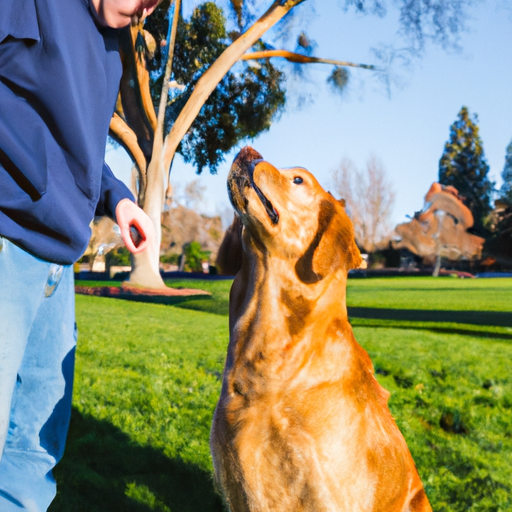Training your dog can be a rewarding experience for both you and your four-legged friend. Not only does it help to keep your pet safe and well-behaved, but it also strengthens the bond between you. Below, we’ll delve into the essential aspects of dog training and provide practical tips to make the process easier.
Understanding Your Dog’s Needs
Before you start any training program, it’s crucial to understand your dog’s needs. Dogs are social animals and require regular interaction with their human family members.
- Exercise: Dogs need regular physical activity to stay healthy and happy. The amount of exercise varies depending on the breed, size, and age of the dog.
- Socialization: Dogs need to be socialized from a young age to prevent behavioral problems later in life.
- Diet: A balanced diet is essential for your dog’s overall well-being.
Choosing the Right Training Method
There are several training methods you can use, including:
- Positive Reinforcement
- Clicker Training
- Mirror Training
- Relationship-Based Training
It’s important to choose the method that works best for you and your dog.
Basic Commands and Fun Tricks
Here are some basic commands and fun tricks you can teach your dog:
- Sit
- Stay
- Come
- Paw/Shake hands
- Roll over
Remember, consistency is key in dog training. Use the same command words and reward your dog immediately after they perform the desired action.
Dealing with Behavioral Issues
Behavioral issues can be a challenge, but with patience and consistency, they can be resolved. Here are some common issues:
| Behavioral Issue | Solution |
|---|---|
| Aggression | Seek the help of a professional trainer |
| Barking | Distract your dog with a command or activity |
| Chewing | Provide chew toys and discourage chewing on inappropriate items |
Importance of Patience and Consistency
Patience and consistency are essential in dog training. It might take time for your dog to learn new commands and behaviors, but don’t get frustrated. Keep the training sessions short and enjoyable for your dog.
Gradual Independence
As your dog becomes more confident and understands the rules, allow them some independence. This will help them feel secure and behave well even when you’re not around.
When to Seek Professional Help
If you’re struggling with training or if your dog has severe behavioral issues, it might be time to seek professional help. A professional dog trainer can provide guidance and help you better communicate with your dog.
Frequently Asked Questions (FAQs)
Q: How long should the training sessions be?
A: Training sessions should be short, ideally 10-15 minutes. Multiple short sessions are better than one long session.
Q: What should I do if my dog is not responding to training?
A: If your dog is not responding, you may need to adjust your method. Consider seeking the help of a professional trainer.
Q: How can I tell if my dog is enjoying the training?
A: Dogs often show they’re enjoying training by wagging their tail, being attentive, and showing excitement.
Training your dog can be a challenging but rewarding experience. With patience, consistency, and a lot of love, you can successfully train your dog and strengthen your bond with them.



